Rising Disposable Income
The champagne market in the US is experiencing growth driven by rising disposable income among consumers. As individuals have more financial flexibility, they are increasingly willing to spend on luxury items, including premium champagne. This trend is particularly evident in urban areas where higher income levels correlate with increased consumption of high-end beverages. According to recent data, the average household income in metropolitan regions has risen by approximately 5% annually, contributing to a more affluent consumer base. This demographic shift is likely to enhance the demand for premium champagne brands, thereby positively impacting the champagne market.
Increased Social Occasions
The champagne market benefits from a rise in social occasions and celebrations across the US. Events such as weddings, anniversaries, and corporate gatherings are becoming more frequent, leading to heightened demand for champagne. Recent statistics reveal that the wedding industry alone has seen a resurgence, with an estimated 2.5 million weddings taking place annually, many of which feature champagne as a staple beverage. This trend indicates that as social gatherings become more elaborate, the champagne market is likely to experience sustained growth, driven by the desire for celebratory drinks.
Changing Consumer Preferences
The evolving tastes of consumers play a crucial role in shaping the champagne market. Younger generations, particularly millennials and Gen Z, are gravitating towards unique and innovative champagne offerings. This shift is reflected in the growing popularity of sparkling wines and flavored champagnes, which cater to diverse palates. Market data indicates that sales of non-traditional champagne varieties have increased by 15% over the past year, suggesting a significant change in consumer preferences. As these demographics prioritize experiences over material goods, the champagne market must adapt to meet their desires for novel and exciting products.
Expansion of E-commerce Platforms
The champagne market is witnessing a significant transformation due to the expansion of e-commerce platforms. Online sales of champagne have surged, providing consumers with greater access to a variety of brands and products. Data shows that e-commerce sales in the beverage sector have increased by 20% in the past year, reflecting a shift in purchasing behavior. This trend is particularly appealing to younger consumers who prefer the convenience of online shopping. As e-commerce continues to grow, the champagne market is likely to benefit from increased visibility and sales opportunities.
Influence of Social Media Marketing
The champagne market is increasingly influenced by social media marketing strategies. Brands are leveraging platforms like Instagram and TikTok to engage with consumers and promote their products. This approach has proven effective, as visual content showcasing champagne in social settings resonates with audiences. Recent surveys indicate that 70% of consumers are more likely to purchase a product after seeing it on social media. As brands invest in digital marketing campaigns, the champagne market is expected to see a boost in brand awareness and consumer engagement, ultimately driving sales.


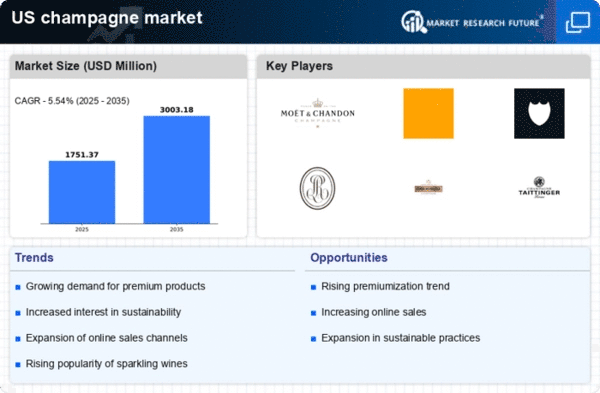
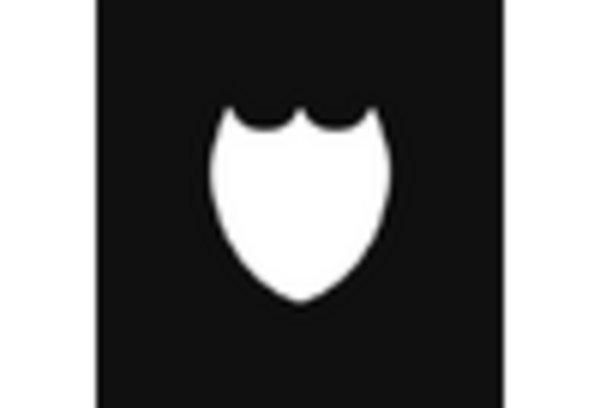


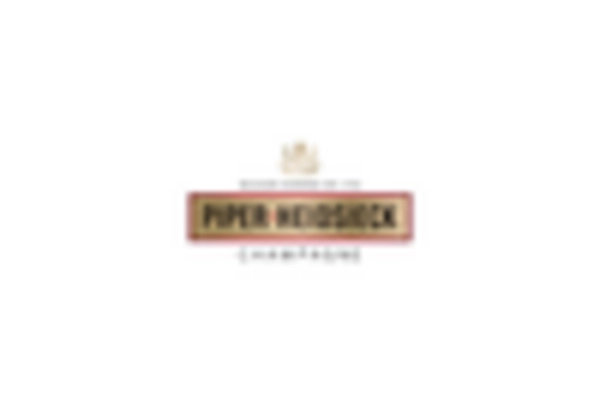
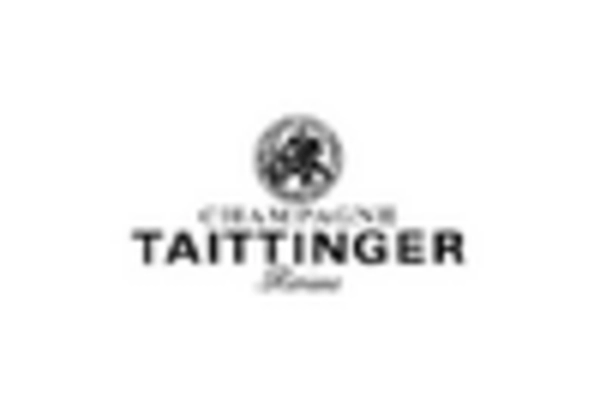
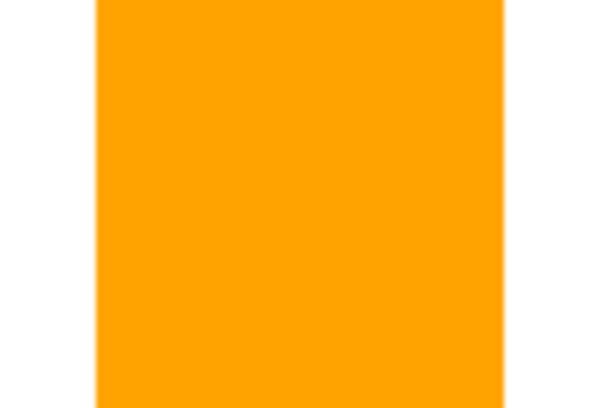








Leave a Comment